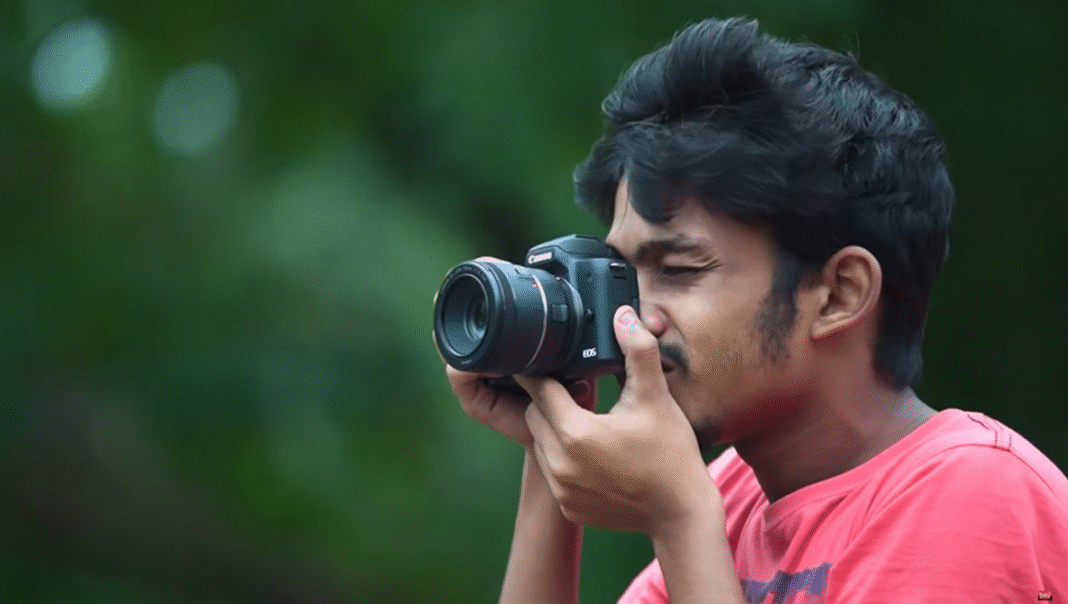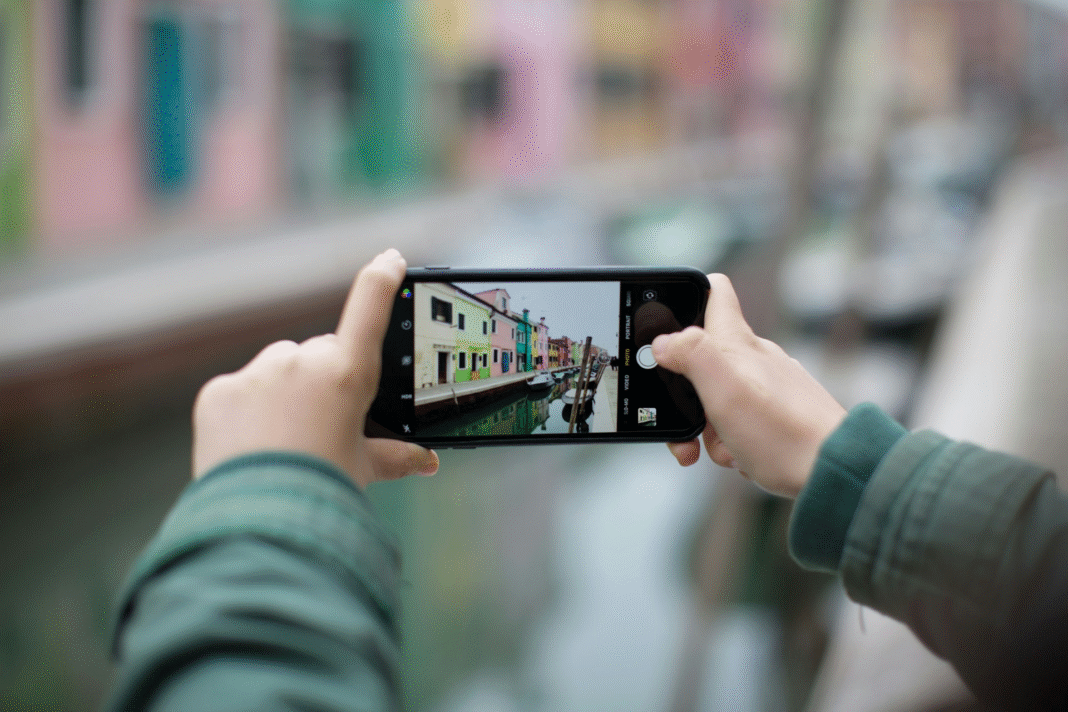If you’re starting photography in 2025, you’re lucky: there are more beginner-friendly cameras than ever. These cameras offer good image quality, helpful features, and solid value. But with so many options, picking the right one can feel overwhelming. This article will help you understand what to look for, what trade-offs are normal, and which models are especially good for beginners right now.
What Beginners Should Look for in a Camera
Before diving into models, there are some features and specs you should consider so you get something that fits your needs. These factors will help you learn, grow, and enjoy photography more.
- Sensor size & image quality
Bigger sensors (APS-C, full frame) generally give better image quality, especially in low light and for background blur. But bigger sensors often cost more and need larger lenses. For many beginners, APS-C or Micro Four Thirds give a great balance. - Autofocus & easing focusing
Getting sharp photos is frustrating if autofocus is slow or misses often. Look for modern autofocus systems that track subjects, face/eye detection, and good performance in low light. - Interchangeable lenses vs fixed lens / compact cameras
Having the ability to change lenses gives you more flexibility (wide-angle, portraits, macro), but it also adds cost. Compact/fixed-lens cameras are simpler and more portable, but less flexible. - Portability and ergonomics
If the camera is heavy or bulky, you might stop carrying it. Lightweight bodies, tilting or flip-screens, good grip, manageable controls make a difference. - Useful features
- In-body or lens image stabilization
- Decent video capability if you plan to shoot video
- A good viewfinder or live view screen
- Connectivity (WiFi, Bluetooth) for easy transfer of pictures
- Manual controls + guided or beginner modes
- In-body or lens image stabilization
- Budget and long-term cost
Besides the body, factor in lenses, memory cards, batteries. Sometimes a cheaper “kit” lens bundle works well. Also check availability of lenses or accessories for the system.
What’s New in 2025 & Trends
As of 2025, some trends are especially important for beginners:
- Compact mirrorless bodies are getting better. Smaller, lighter cameras with APS-C sensors and advanced features (autofocus, burst speed) are more common. This means you can carry a capable camera without feeling weighed down.
- Improved autofocus and subject tracking is standard now even on cheaper models. Beginners benefit when the camera helps with focus, whether for moving subjects or portraits.
- Rise of budget full-frame entry models (though still more expensive) is giving photos with better dynamic range and performance.
- Video hybrid functionality: even if your primary interest is stills, many beginner cameras now shoot good 4K video, flip screens, etc.
Recommended Cameras for Beginners in 2025
Based on expert reviews and recent “best beginner cameras” guides, here are several cameras that are especially well-suited to someone just starting out. These are affordable, capable, and have good potential for growth. TechRadar+4Digital Camera World+4Live Science+4
| Model | Why It’s Good for Beginners | Trade-Offs / What to Be Aware Of |
| Canon EOS R100 | A top pick for beginners who want an affordable mirrorless camera. It has a 24MP APS-C sensor, good image quality, friendly controls, and enters you into Canon’s lens ecosystem. TechRadar+2Digital Camera World+2 | Doesn’t have touchscreen in many versions. Video features not as advanced as more expensive models. Fixed display (non-tilt) limits angle shots. |
| Olympus OM-D E-M10 Mark IV | Small/lightweight, modern features, In-body stabilization, tilting or flip screen (useful for selfies or unusual angles), good for travel. Digital Camera World+1 | Smaller sensor (Micro Four Thirds) means less low-light performance vs APS-C or full frame. Lens selection is decent but may cost more for fast lenses. |
| Nikon Z fc | Stylish retro styling that also inspires shooting, solid APS-C sensor, 4K video, good control layout. If you like a camera you enjoy using, this one is especially motivating. Digital Camera World+1 | No in-body image stabilization. To get good lenses may need to invest. Slight learning curve with some manual controls. |
| Canon EOS R10 | Great overall beginner mirrorless with more advanced features. Better autofocus, good handling, versatility for both photos & video. TechRadar+2Live Science+2 | Higher price than entry-budget models; more features can mean more complexity. Battery life can be lower with more features. |
| Nikon D3500 | A classic entry DSLR: rugged, reliable, long battery life, good image quality. Great if you prefer optical viewfinder, classic feel. TechRadar+1 | DSLRs are bulkier, heavier. Less modern features like flip screen or fast video mode. Lenses can be a bit heavier. |
Which Camera Type Might Suit You Best
Depending on what style of photography you want, some of the above may be better than others. Here are quick suggestions:
- Street photography / travel / casual photography → lightweight mirrorless (like Olympus or Nikon Z fc) or compact fixed lens cameras.
- Portrait / family photos → APS-C or full frame with a “kit lens” plus maybe a 50mm lens; autofocus, able to separate subject from background.
- Video / vlogging → a camera with flip/touch screen, good autofocus in video, decent mic input or ability to add one. Canon EOS R10 or Nikon Z fc are decent options.
- Nature / wildlife / fast action → look for fast burst (frames per second), good autofocus tracking, possibly mirrorless with lens flexibility. Might need more budget.
Sample Prices & What You’ll Get
To give you an idea:
- Entry mirrorless (APS-C) beginner kits (body + basic lens) often cost around US$600-900 (or equivalent in your currency).
- Mid-budget beginner + video features or better lenses may go up to US$1000-1400.
- DSLRs may be cheaper for similar image quality but heavier and less compact.
Tips for Choosing and Learning
- Don’t focus only on specs. A camera you enjoy carrying/using will get used more than a powerful one you leave at home.
- Rent or try in-store if possible. Hold the camera, try the grip, see how menu feels.
- Prioritize lenses or accessories you might need (extra batteries, memory cards). A low-cost body with expensive lens can be worse for beginner budget than a modest kit lens.
- Practice often. Point and shoot in manual or semi-manual modes (Aperture priority etc.) to learn.
- Shoot every day. Even simple subject matter helps you understand light, exposure, composition.
Why These Models Stand Out in 2025
Based on recent expert guides:
- Live Science lists Nikon Z fc as “best overall” for beginners, and marks Canon EOS R100 in the “best budget” category. Live Science
- Digital Camera World praises Canon R100 and Olympus E-M10 Mark IV for affordability + features. Digital Camera World
- TechRadar’s “best camera for beginners” guide puts Canon EOS R10 as the best beginner camera overall due to handling, autofocus, and image quality. TechRadar
5 Common FAQs
1. “Do I need full-frame to take great photos as a beginner?”
No. While full-frame sensors can deliver better low-light performance and shallower depth of field, they cost more and tend to be bulkier. APS-C or Micro Four Thirds sensors are more than enough for most beginners, especially when paired with good lenses and good light.
2. “Is a DSLR better than mirrorless for beginners?”
Mirrorless cameras are generally more modern, lighter, and tend to have better video and live view features. DSLRs still have advantages like battery life and optical viewfinders, but more and more of the beginner market is shifting toward mirrorless systems because of their flexibility.
3. “How important is lens quality?”
Very important. A great body with a poor lens won’t give good results. Kit lenses are okay to start with, but investing in one good prime lens (e.g. a 35mm or 50mm equivalent) will often improve image quality, sharpness, and creative options more than just upgrading camera body.
4. “What other gear do I need besides a camera?”
At a minimum: a good memory card (fast enough write speed), spare battery or charger, a lens cleaning cloth. Optionally: a tripod, camera bag, extra lens if needed. If video or vlogging is interest, a microphone and lighting become helpful.
5. “What are some beginner mistakes & how to avoid them?”
- Shooting only in automatic mode → try semi-manual modes to learn.
- Overlooking composition or light → study framing, natural light.
- Not backing up photos → always have a plan to store/backup.
- Assuming more megapixels = better (not always true).
- Neglecting the post-processing (edit your images) → even small adjustments bring improvement.
Final Thoughts
If you’re starting photography in 2025, you don’t need to spend a fortune. What matters is choosing a camera that fits your style, that you actually like using, and that gives you room to grow without making you overwhelmed.
A model like the Canon EOS R100 gives great value for beginners. Models like Olympus E-M10 Mark IV or Nikon Z fc offer more style or portability. If you can afford it and expect to grow fast, stepping up to something like the Canon EOS R10 makes sense.
Whatever you pick, spend time practicing, learning about light and composition—that will improve your photos far more than chasing specs. Enjoy the process. Taking photos is as much about seeing as it is about gear.




